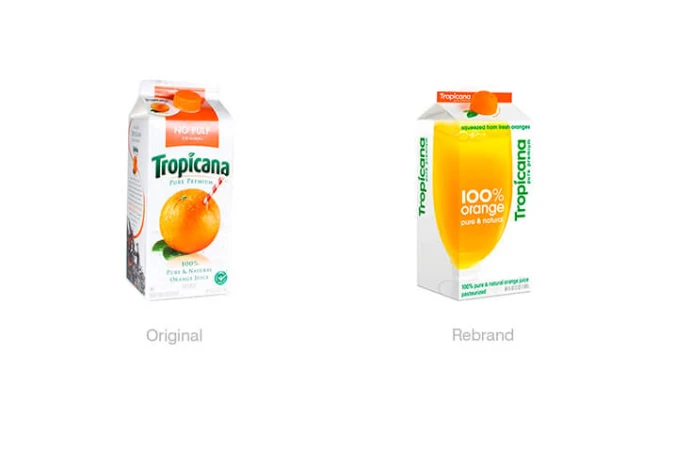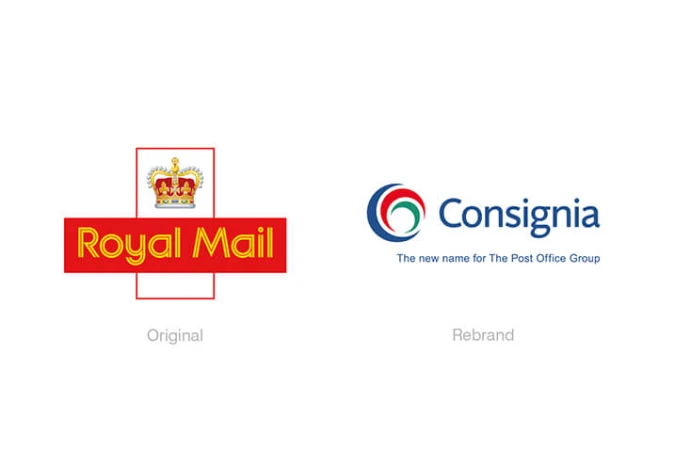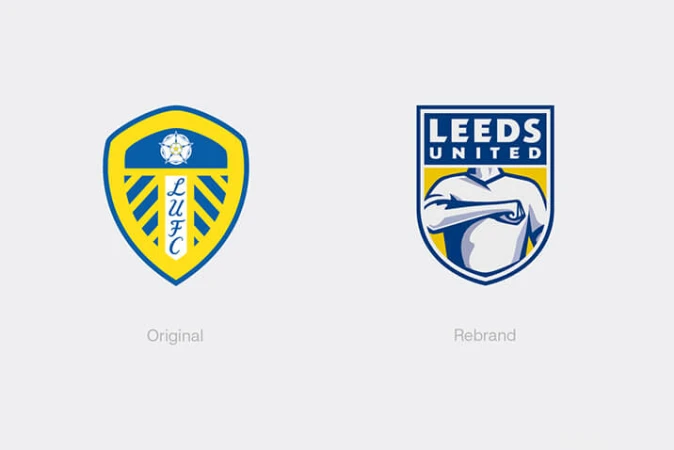Tropicana
In 2009, Tropicana’s packaging rebrand backfired in such horrifying fashion that sales dropped by 20%. Within two months of the visual overhaul, Tropicana announced that they would revert to the original design.
One of the key reasons for such an alarming drop in sales? Customer confusion. Consumers lost track of the reference elements used to identify the product – most notably the original logo (with its tagline ‘Pure Premium’) and the visual element of the orange with the straw. To the consumer, without the classic Tropicana hallmarks, the packaging was assumed by many to be that of a low-range supermarket brand.
Lesson #1 – Whilst not always the case, rebrands in which too many elements are changed always run the risk of losing brand recognition. The consumer’s emotional connection to elements of a brand or product should never be taken for granted.










